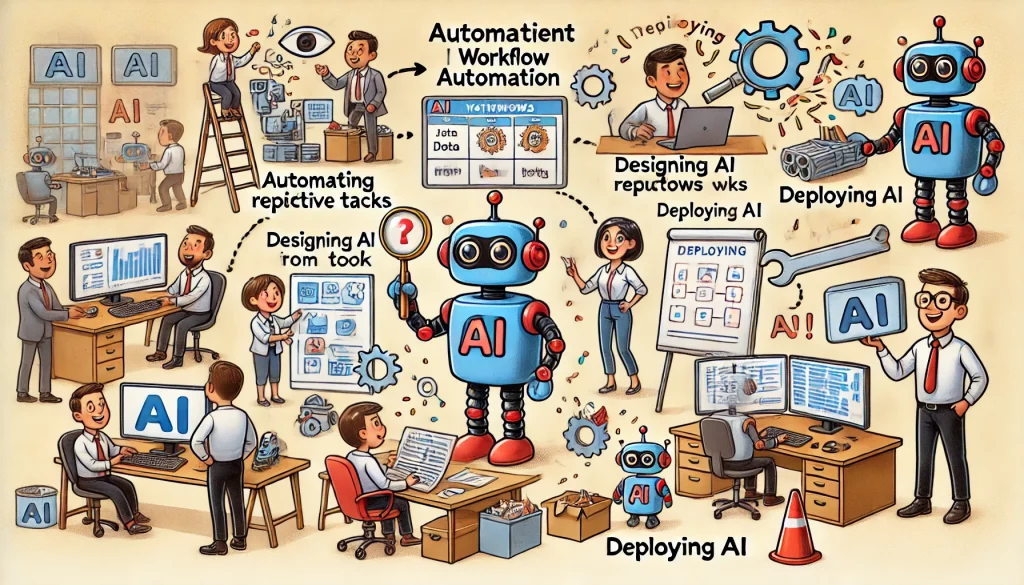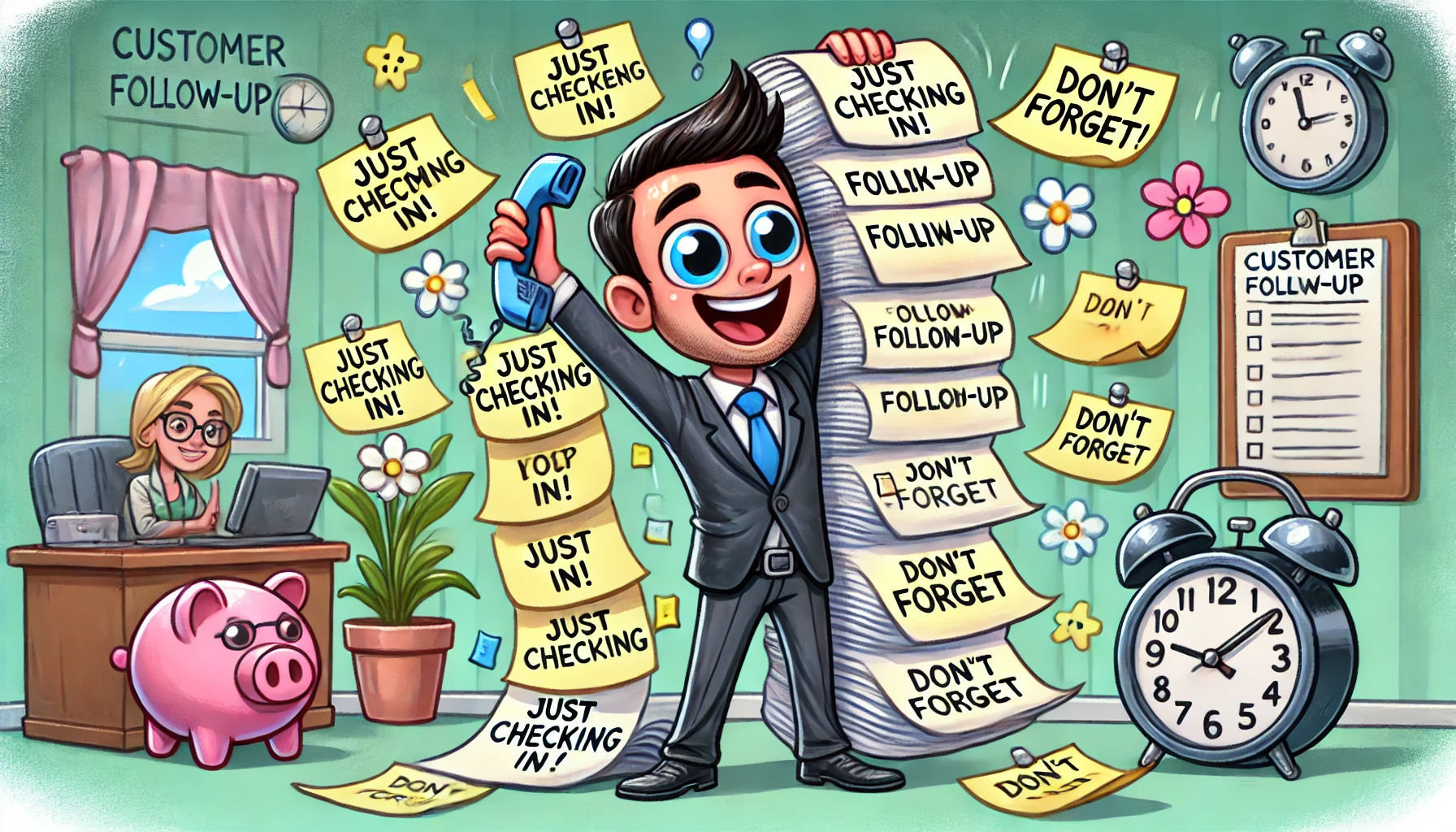Implementing AI workflow automation: Boost efficiency and productivity
Boosting your business with AI workflow automation
As a business owner, managing numerous tasks can be overwhelming. Lengthy manual processes that are time-consuming and prone to human error add to the challenge.
Fortunately, AI can handle repetitive tasks and complex workflows, enhancing efficiency, accuracy, and overall management. This allows your team to focus on strategic efforts and high-value tasks by streamlining operations and providing real-time insights.
What is AI workflow automation?
AI workflow automation involves transferring business processes, previously managed manually, to an AI-powered workflow automation tool. This shift ensures tasks are performed autonomously by AI, increasing efficiency and accuracy.
What is a workflow?
A workflow is a sequence of tasks required to complete a business activity. For instance, onboarding new customers involves sending a welcome email, processing payments, collecting essential data, and dispatching a follow-up email.
AI can handle these tasks efficiently, saving time, minimizing errors, and freeing up team members for more strategic work.
What are the 4 stages of AI workflow automation?
To ensure AI workflow automation is effective, tasks must be completed as well or better than by humans, and the system must be set up properly. Follow these four stages:
Digitalize all relevant data: Ensure all important data is organized into a digital database. According to Grand View Research, the global AI market was valued at $62.35 billion in 2020 and is expected to grow at a CAGR of 40.2% from 2021 to 2028.
Format datasets: Harmonize data into a single format to avoid issues that could disrupt AI processing. Deloitte reports that 63% of businesses have seen revenue increases from AI adoption.
Build and test the processes: Set up and test processes in the workflow automation software to build intelligence and identify issues. McKinsey notes that AI can increase productivity by up to 40% in some industries.
Go live: After successful testing, deploy workflow automation in real business scenarios. Monitor accuracy and refine AI processing based on feedback.
PwC predicts AI could contribute up to $15.7 trillion to the global economy by 2030.
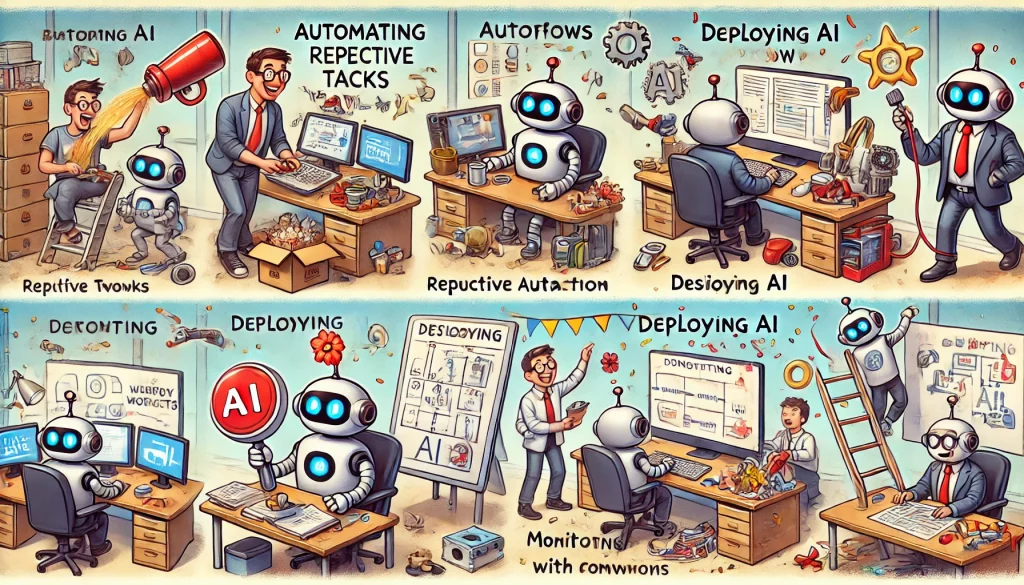
Benefits of workflow automation
Removes process bottlenecks: Automating processes helps resolve blockages such as approval delays. Gartner forecasts that by 2024, 75% of organizations will move from piloting to operationalizing AI.
Improves cost-effectiveness: AI’s speed and accuracy allow human resources to focus on income-generating tasks, boosting the bottom line. Forrester Research states that RPA and AI can cut operational costs by up to 30%.
Utilizes opportunities for hybrid automation: Some workflows might need human input, but automating certain stages improves efficiency and productivity.
Elevates work culture: Automatic task distribution and transparent progress tracking reduce micro-management, creating a better work environment.
Improves job satisfaction: Employees can concentrate on high-impact, fulfilling work rather than repetitive tasks.
Drives KPI success: Automated processes provide real-time metrics, motivating teams and highlighting progress.
Prompts standardization: Automated workflows set standards for project management, supporting scalability.
Enables continuous improvement: AI uses machine learning to identify inefficiencies and document processes for easy problem tracing. IBM estimates businesses can achieve up to 300% ROI from AI and automation technologies.
How to automate workflows
Identify the workflow: Assess current business processes to find automation opportunities, considering regulations and consulting stakeholders.
Set clear objectives: Define specific goals and deadlines for automation, clarifying details to facilitate implementation.
Data collection and preparation: Digitalize, clean, and organize data for the chosen workflow automation solution. A cloud-based CRM may be useful.
Choose the right AI technology: Match your needs with appropriate automation software based on scalability, customization, and complexity.
Model development and training: Set up and test workflow automation with prepared data to train AI effectively.
Integration with existing systems: Integrate automation with existing systems for seamless operation, potentially using solutions like Zapier for no-code integration.
Testing and validation: Conduct thorough testing to validate the workflow before going live, and continue validating post-launch.
User training and adoption: Provide training to ensure technology adoption across the organization.
Monitoring and maintenance: Adapt workflows and expand automation as your business evolves.
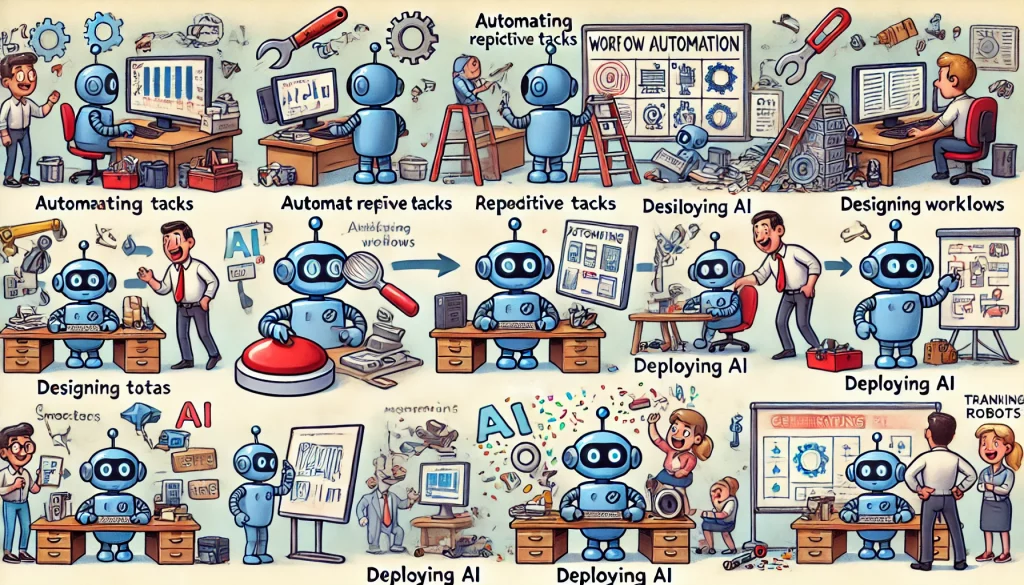
Challenges and solutions in workflow automation
Common challenges: Resistance to change, security vulnerabilities, and failure to meet ROI expectations.
Strategies to overcome challenges: Provide education and training, implement robust security measures, and create an agile integration and adoption plan.
Mitigating risks: Involve the organization in identifying automation inefficiencies, manage secure implementation with business leaders, and maximize organizational insights.
Numbers and facts
AI and productivity: McKinsey reports that AI can increase productivity by up to 40% in some sectors.
Revenue increase: Deloitte found that 63% of businesses saw revenue growth from AI adoption.
Operationalizing AI: Gartner predicts that 75% of organizations will operationalize AI by 2024.
Market growth: The AI market was valued at $62.35 billion in 2020 and is expected to grow at a CAGR of 40.2% (Grand View Research).
Profitability boost: Accenture found AI could boost profitability by 38% by 2035.
Cost reduction: Forrester Research states RPA and AI can reduce costs by up to 30%.
ROI from AI: IBM estimates a 300% ROI from AI and automation technologies.
Economic contribution: PwC predicts AI could contribute $15.7 trillion to the global economy by 2030.
Enterprise AI adoption: O’Reilly survey shows 50% of enterprises are planning to use AI for automation.
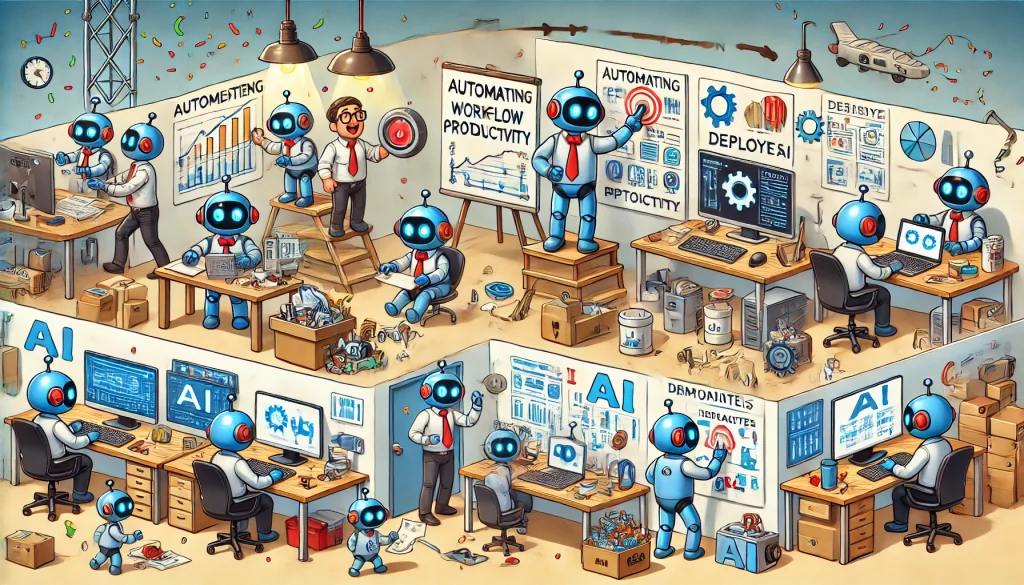
Expert opinions on AI workflow automation
Jane Thompson, AI Solutions Architect “Implementing AI workflow automation starts with a thorough needs assessment. Identify key areas where automation can bring the most value. By mapping out the entire workflow and pinpointing bottlenecks, you can create a clear plan for integrating AI solutions that target specific pain points. This step involves detailed discussions with various departments to understand their unique challenges and how AI can address them. Additionally, it’s crucial to consider the long-term goals of the organization and how AI can help achieve them. The needs assessment should be comprehensive, leaving no stone unturned to ensure that the implementation will be as effective as possible.”
Michael Reynolds, Automation Consultant “One of the critical steps is selecting the right AI tools. There are numerous AI platforms available, each with its strengths and weaknesses. Conducting a comprehensive evaluation based on your organization’s needs and existing technology stack is essential to ensure compatibility and scalability. It’s important to involve stakeholders from IT, operations, and other relevant departments in the selection process. This ensures that the chosen tools will integrate smoothly with existing systems and meet the diverse needs of different users. Furthermore, consider future growth and scalability to ensure that the tools you select today can evolve with your business.”
Laura Garcia, Machine Learning Engineer “Data quality is the backbone of successful AI implementation. Invest time in cleaning and organizing your data before integrating it into your AI systems. High-quality data not only improves the accuracy of AI models but also enhances their predictive capabilities. This process involves not just cleaning up current data, but also establishing protocols for data collection and management going forward. Consistency and accuracy are key, as poor-quality data can lead to unreliable AI outputs. Regular audits and updates to data management practices ensure that the data remains robust and useful over time.”

 6 min
6 min 
